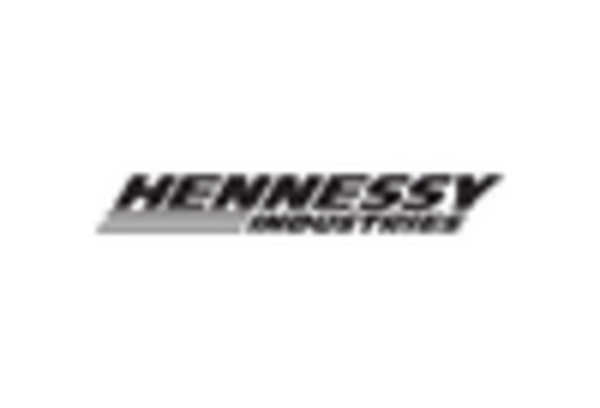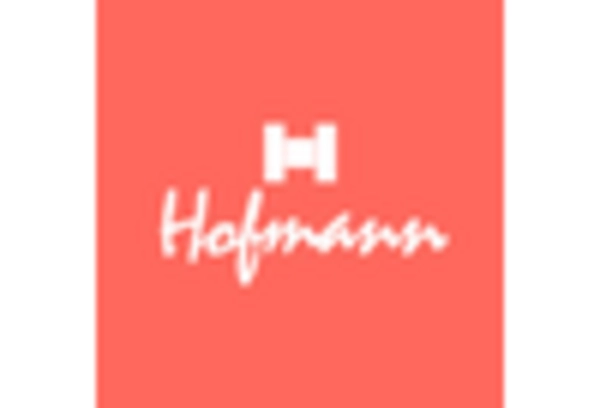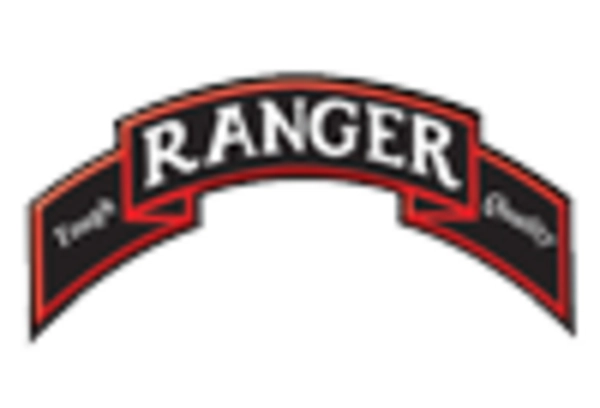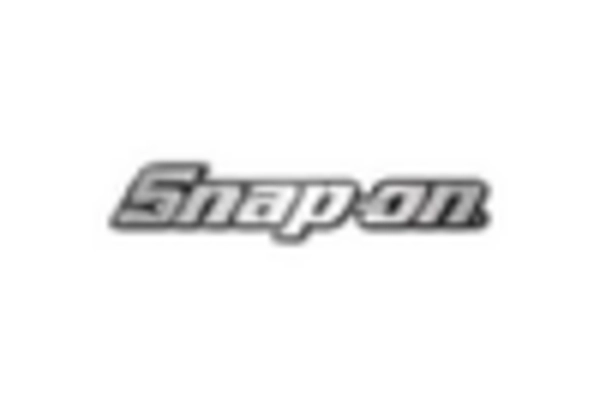Regulatory Compliance
Stringent regulations regarding vehicle safety and emissions are propelling the Garage Body Shop Equipment Market. Governments are increasingly enforcing standards that require body shops to utilize specific equipment to ensure compliance with safety and environmental regulations. This has led to a heightened demand for advanced equipment that meets these regulatory requirements. For instance, the implementation of new emission standards necessitates the use of specialized tools and technologies in body shops. As a result, body shop owners are compelled to invest in modern equipment to remain compliant, thereby driving growth in the market.
Rising Vehicle Ownership
The increasing rate of vehicle ownership is a primary driver for the Garage Body Shop Equipment Market. As more individuals acquire vehicles, the demand for maintenance and repair services escalates. This trend is particularly pronounced in emerging economies, where vehicle ownership rates have surged. According to recent data, the number of registered vehicles has seen a steady increase, leading to a corresponding rise in the need for body shop services. Consequently, this growth in vehicle ownership directly influences the demand for advanced garage body shop equipment, as shops seek to enhance their service capabilities to accommodate a larger customer base.
Technological Innovations
Technological advancements in garage body shop equipment are significantly influencing the market landscape. Innovations such as automated systems, advanced diagnostic tools, and improved paint technologies are enhancing the efficiency and effectiveness of body shops. The integration of digital solutions, including software for inventory management and customer relationship management, is also becoming increasingly prevalent. These innovations not only streamline operations but also improve service quality, which is essential in a competitive market. As body shops adopt these technologies, the demand for sophisticated equipment is likely to rise, further propelling the Garage Body Shop Equipment Market.
Increased Focus on Customer Experience
The growing emphasis on customer experience is reshaping the Garage Body Shop Equipment Market. Body shops are recognizing the importance of providing exceptional service to retain customers and attract new ones. This shift is prompting investments in equipment that enhances service delivery, such as faster repair tools and customer-friendly interfaces. Additionally, body shops are increasingly adopting technologies that facilitate better communication with customers, such as online booking systems and real-time updates on repair status. As customer expectations evolve, the demand for equipment that supports these enhancements is likely to grow, driving market expansion.
Expansion of Automotive Aftermarket Services
The expansion of automotive aftermarket services is a crucial driver for the Garage Body Shop Equipment Market. As vehicle owners seek to maintain and enhance their vehicles, the demand for aftermarket services, including body repairs and modifications, is on the rise. This trend is supported by a growing awareness of the benefits of regular maintenance and the availability of a wide range of aftermarket products. Consequently, body shops are increasingly investing in specialized equipment to cater to this expanding market. The rise in aftermarket services not only boosts the demand for garage body shop equipment but also encourages innovation within the industry.


















Leave a Comment